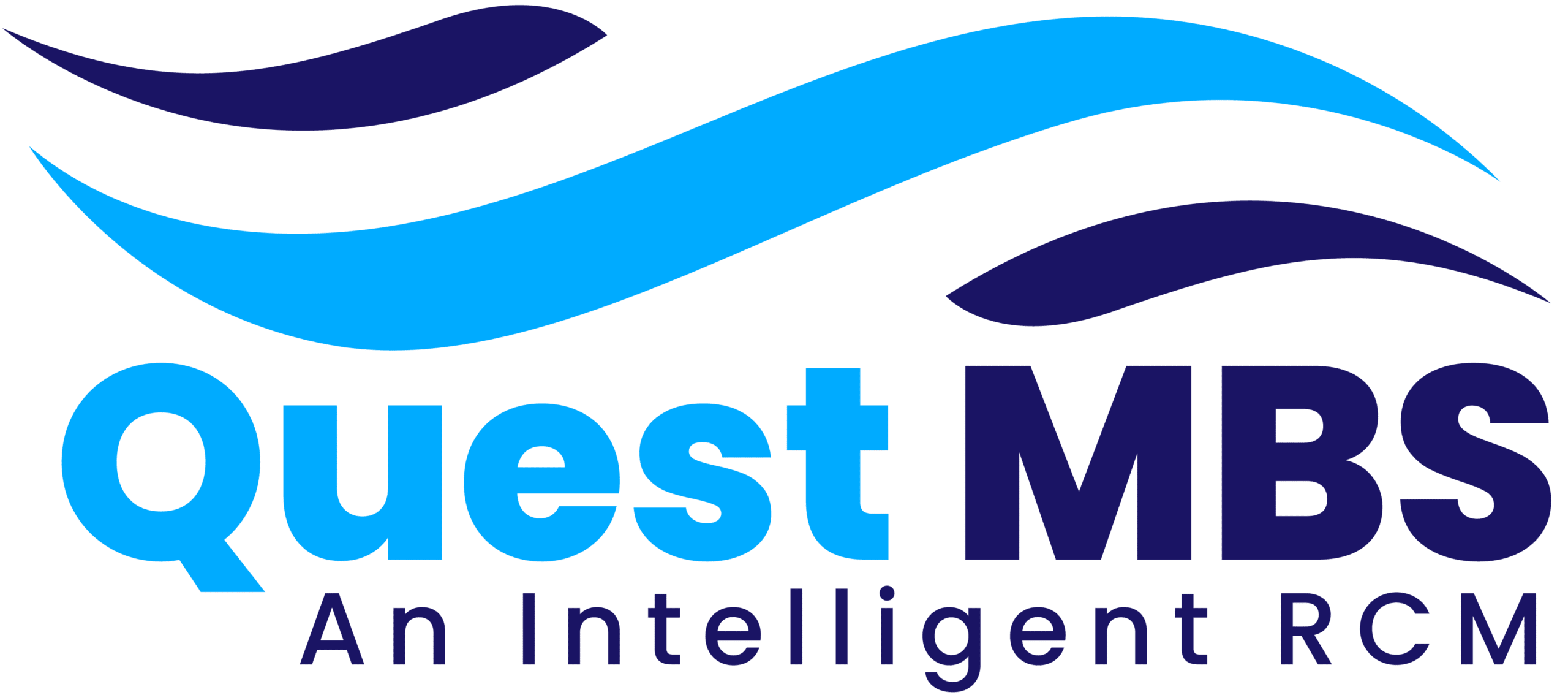Introduction:
Medical billing turnaround time refers to the period between claim submission and reimbursement from insurance payers. A prolonged billing cycle can lead to cash flow issues, claim denials, and increased administrative burden. Healthcare providers must implement efficient strategies to minimize delays and maximize revenue.
With evolving healthcare regulations, insurance policies, and coding requirements, reducing billing turnaround time has become a priority for medical practices, hospitals, and billing companies. In this article, we will discuss key strategies to accelerate medical billing, prevent claim denials, and ensure faster reimbursements.
Understanding Medical Billing Turnaround Time:
Medical billing involves multiple steps, including patient registration, charge entry, claim submission, and payment posting. Delays in any step can extend the turnaround time, impacting a healthcare provider’s revenue cycle management (RCM).
Factors Affecting Billing Turnaround Time:
✔ Incomplete patient information – Missing demographics or insurance details can cause claim rejections.
✔ Coding errors – Incorrect ICD-10 or CPT codes can lead to claim denials.
✔ Insurance verification delays – Lack of pre-authorization or incorrect eligibility checks result in claim processing issues.
✔ Claim submission errors – Typos, missing modifiers, or incorrect billing formats can slow down reimbursement.
✔ Denied claim resolution time – Unattended denied claims can increase A/R (Accounts Receivable) days.
Why Reducing Billing Turnaround Time Matters?
✔ Faster Payments – Ensures steady cash flow for healthcare providers.
✔ Lower Claim Denials – Reduces the risk of insurance claim rejections.
✔ Improved Operational Efficiency – Saves time and resources by reducing administrative workload.
✔ Better Patient Experience – Quick billing reduces confusion and enhances patient satisfaction.
10 Proven Strategies to Reduce Medical Billing Turnaround Time:
1. Verify Patient Eligibility and Insurance Before Services:
One of the biggest reasons for claim delays is insurance-related issues such as expired coverage, incorrect policy numbers, or lack of prior authorization.
✔ How to Speed Up Insurance Verification?
- Use electronic eligibility verification tools integrated with EHR systems.
- Verify patient coverage, deductibles, and co-payments before service.
- Obtain prior authorizations for procedures requiring pre-approval.
Example: A patient receives an MRI scan, but the provider fails to secure prior authorization. The insurance denies the claim, leading to payment delays.
2. Use Automated Medical Billing Software:
Manual billing is time-consuming and prone to errors. Using medical billing software can streamline the process.
✔ Benefits of Automated Billing:
- Speeds up charge entry and claim submission.
- Reduces human errors in coding and data entry.
- Sends automated alerts for missing patient details or incorrect codes.
Example: An AI-driven billing system flags missing claim details before submission, reducing rejections and speeding up payments.
3. Optimize Medical Coding Accuracy:
Incorrect ICD-10, CPT, and HCPCS codes can result in denials or downcoding (lower reimbursements). Proper medical coding ensures faster claim approval.
✔ How to Improve Coding Efficiency?
- Train billing staff on ICD-10 and CPT updates.
- Use computer-assisted coding (CAC) tools to auto-suggest the best codes.
- Regularly audit claims for coding errors.
Example: A physician documents “knee pain,” but the coder submits a non-specific ICD-10 code, leading to claim rejection. A specific diagnosis code (e.g., M25.561 – Pain in right knee) ensures quick approval.
4. Submit Clean Claims the First Time:
A “clean claim” is one that is error-free and accepted on the first submission.
✔ How to Ensure Clean Claims?
- Pre-scrub claims using claim editing software before submission.
- Verify HCPCS modifiers, NPI numbers, and place-of-service codes.
- Cross-check patient demographics before submitting.
Example: A claim submitted without a necessary modifier (e.g., 25 for a significant, separate E/M service) will get rejected, increasing turnaround time.
5. Submit Claims Electronically (E-Claim Submission):
Paper-based claims increase processing time and are more prone to errors. Electronic claim submission (EDI) ensures faster reimbursements.
✔ Advantages of E-Claim Submission:
- Reduces processing time from weeks to days.
- Increases claim acceptance rates.
- Allows real-time tracking of claim status.
Example: Medicare accepts EDI claims within 24 hours, while paper claims take two weeks or more to process.
6. Monitor Accounts Receivable (A/R) and Follow Up Promptly:
Delayed follow-ups on pending claims increase A/R days (Days in Accounts Receivable), leading to cash flow issues.
✔ How to Reduce A/R Days?
- Set up automated reminders for outstanding claims.
- Conduct weekly A/R reviews to track pending reimbursements.
- Assign dedicated staff for claim follow-ups.
Example: A practice waits 60 days before checking on unpaid claims. Proactive follow-up at 30 days could have resulted in quicker payments.
7. Minimize Claim Denials with Regular Audits:
Denied claims slow down revenue cycles and require additional time for resubmission. Regular audits help identify patterns in denials and prevent future issues.
✔ Best Practices for Claim Audits:
- Analyze denial trends and address common errors.
- Implement automated claim scrubbing tools.
- Conduct monthly audits to maintain accuracy.
Example: A hospital identifies that 10% of denials are due to missing referral authorization and implements a pre-service checklist, reducing denials by 30%.
8. Train Staff on Efficient Billing Practices:
A well-trained billing team ensures faster claim processing and fewer errors.
✔ Training Areas:
- Latest CPT and ICD-10 updates.
- Insurance policies for Medicare, Medicaid, and private payers.
- Handling denied and underpaid claims effectively.
Example: A clinic that conducts quarterly billing training sees a 25% reduction in coding errors.
9. Set Up Patient Payment Plans and Online Payment Options:
Delayed patient payments increase billing cycles. Offering multiple payment options ensures faster collections.
✔ How to Improve Patient Payments?
- Offer online payment portals.
- Implement automated payment reminders.
- Provide flexible installment plans for large bills.
Example: A practice that offers digital payment reminders via SMS sees a 40% increase in timely payments.
10. Outsource Medical Billing Services:
If in-house billing is slow or inefficient, outsourcing to a professional medical billing company can reduce turnaround time.
✔ Benefits of Outsourcing:
- Faster claim submissions and payments.
- Access to expert coders and billers.
- Reduced administrative burden on in-house staff.
Example: A small healthcare clinic outsources billing and reduces turnaround time from 45 days to 20 days.
Conclusion:
Reducing medical billing turnaround time is essential for maintaining a healthy revenue cycle. By implementing efficient processes, automation, regular audits, and staff training, healthcare providers can accelerate claim approvals, minimize denials, and improve cash flow.
A proactive approach to insurance verification, coding accuracy, and follow-ups will lead to faster reimbursements, reduced A/R days, and a more efficient billing system.







